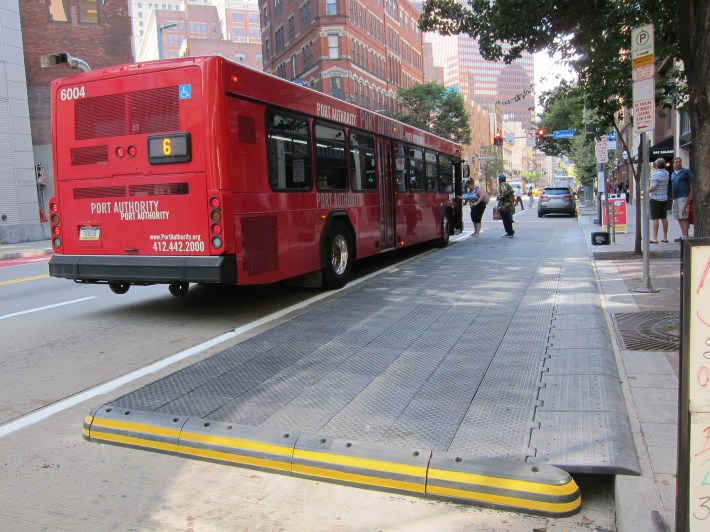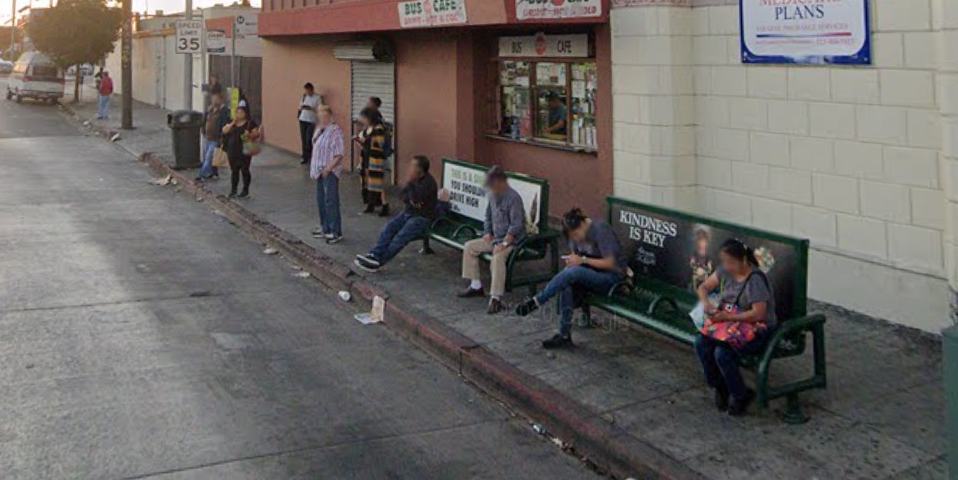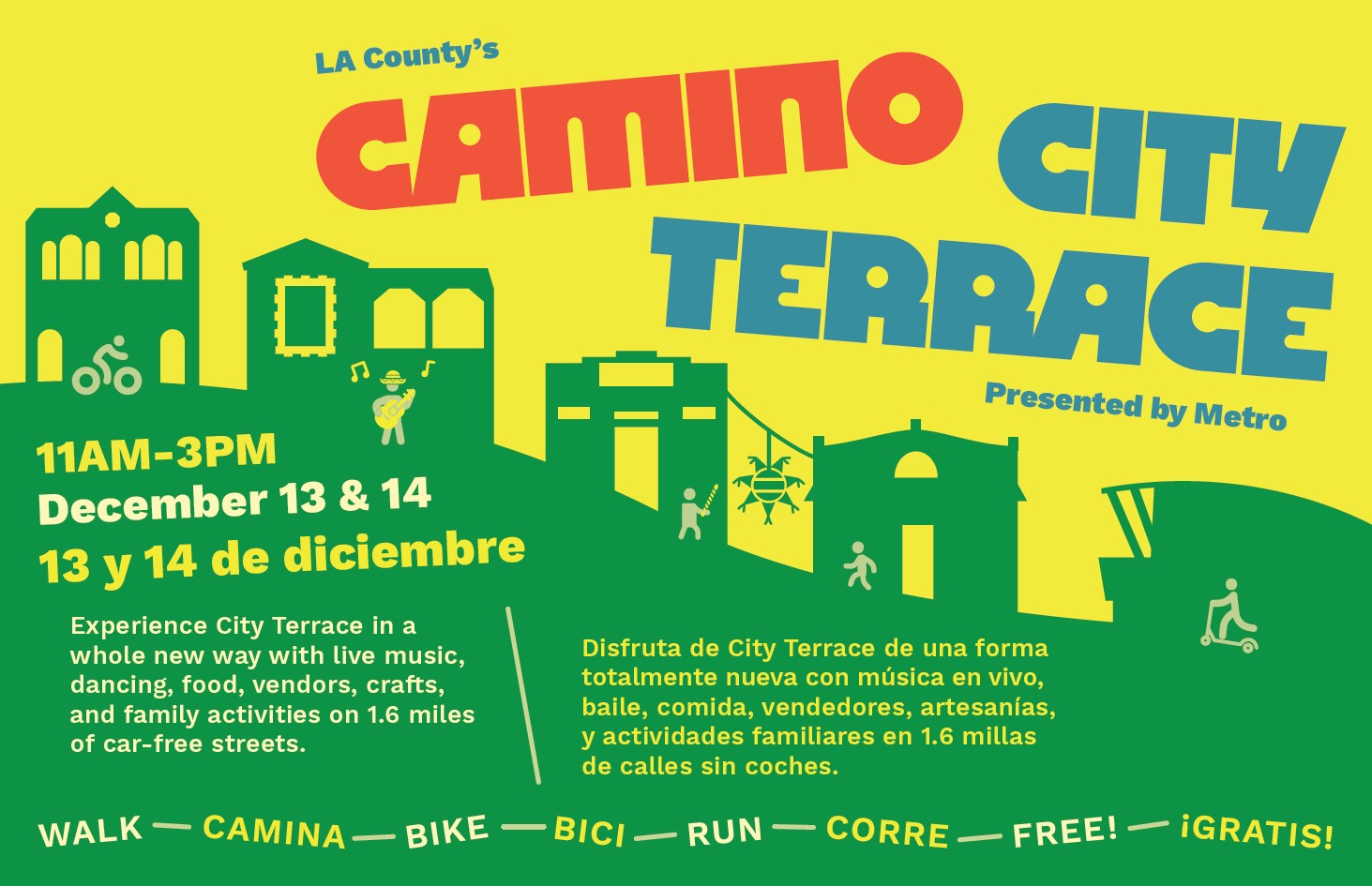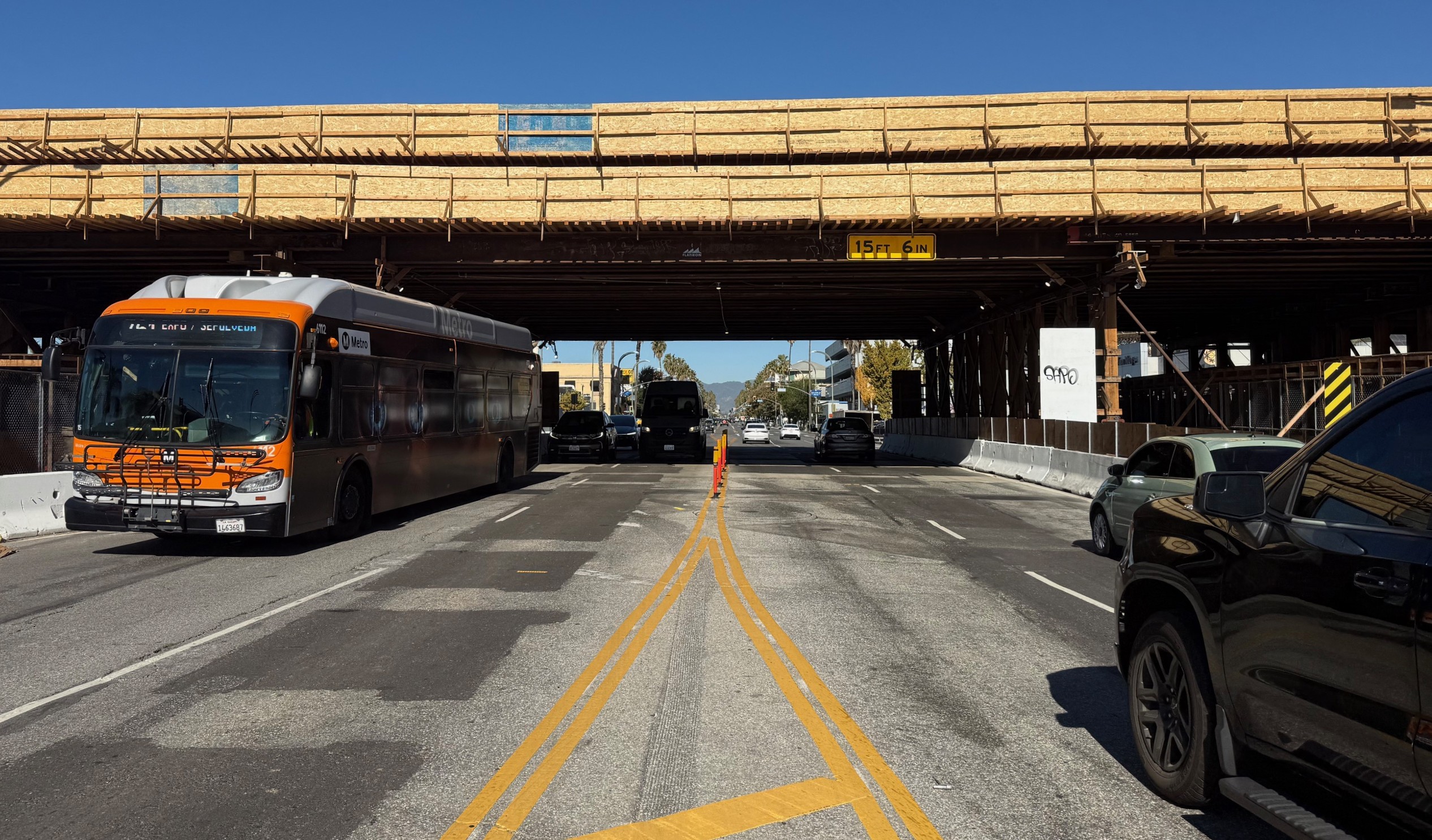The Novel Coronavirus has ravaged L.A.’s Black, brown, and immigrant communities, with higher levels of unemployment, higher rates of infection and death, and fewer resources and policies to support their recovery, all while many of the remaining jobs in these communities are considered essential. Many unable to work from home, dependent on depleted transit services, and at high risk for contracting and suffering from the virus, folks in our Black and brown communities deserve much, much better.
In the midst of this, L.A. is also having to rethink how it uses its public space, in order that local businesses can operate outdoors, while their indoors remain shuttered or severely constrained. And while L.A. is working to ensure patrons of these businesses can safely return, the city is not doing nearly enough for the employees of these businesses--particularly the lower-income Black, brown, and immigrant Angelenos that comprise L.A.'s core bus ridership--to use transit safely and with dignity.
Case in point: L.A.’s “Al Fresco” program allows restaurants to expand dining areas into sidewalks, parking lanes, and driving lanes; however, no similar actions have been taken to expand bus stops, which are often cramped on what limited sidewalk space remains. While transit ridership has dropped everywhere across the country since March, the drop in bus ridership in L.A. has been less than every other large city, which tells us many Angelenos continue to rely on this vital service. Bus ridership is now more than half of what it was before the pandemic, and continuing to increase.

Los Angeles Walks believes L.A. must do more for its transit riders, by applying a similar approach to its bus stops as has already done for our businesses. To this end, temporary platforms that extend bus stop waiting areas into the roadway should be deployed to provide additional space to support social distancing for transit patrons at the city’s busiest bus stops.
Platform extensions would also provide additional benefits to transit patrons. For starters, they would eliminate the need for buses to pull into and out of driving lanes, thus improving bus travel times and reliability. They enable safer boarding and alighting for disabled and elderly passengers, and they could be outfitted with seating that is so often lacking from L.A.’s typically sparse bus stops. Finally, real shade at bus stops--not just half-umbrellas--is owed to these essential workers who continue to stock grocery store shelves, staff local restaurants, and prepare goods we all consume, and platform extensions would provide space for shade.
It is great that Angelenos are rethinking our relationship to public space, to reclaim some of it for the businesses that support our local economy and employ thousands. It’s time that we applied the same energy to the safety and well-being of our essential workers, who deserve every possible resource. These workers are making sure we have the food and supplies we need to survive a pandemic; they deserve to be able to travel as safely and efficiently as possible.
Luke H. Klipp is a member of Los Angeles Walks' Advisory Board, where he serves as Policy and Advocacy Chair. Los Angeles Walks is L.A.'s leading pedestrian advocacy organization.







